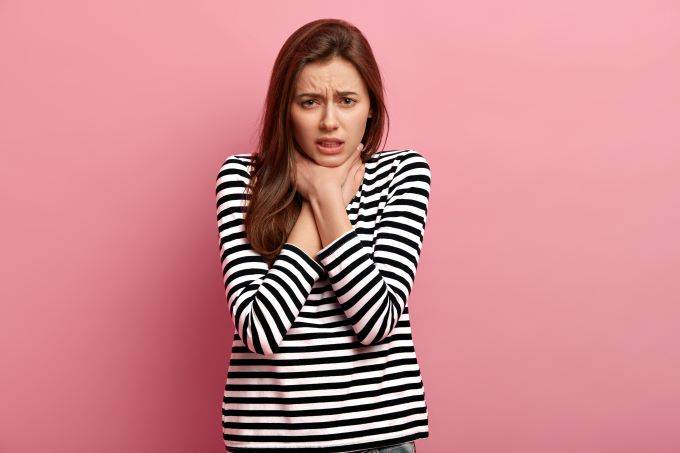
Marshmallow is one of the confections enjoyed by both adults and children alike. However, this seemingly harmless food item has tragically become the 'weapon' that led to the death of an adult. In October 2023, a rugby club in the United Kingdom hosted a fundraising party for a youth rugby team. The event was designed to include family-friendly activities to encourage parental participation. One such activity was a competition to see who could fit the most marshmallow into their mouth within 60 seconds. One mother successfully swallowed dozens of pieces of marshmallow, but immediately after leaving the stage, she suddenly collapsed and choked. Despite the immediate assistance rendered by medical personnel on-site, she unfortunately succumbed to choking.
Choking can lead to hypoxic unconsciousness, and if it persists for more than four minutes, it can cause irreversible damage to the brain, significantly increasing the risk of death. Upon noticing anyone in this distressing situation, the observer should remain calm and take advantage of the critical moments for emergency intervention. Immediate first aid should be administered, and assistance should be sought from those nearby to call for an ambulance. The following information will provide insights into the symptoms of choking, methods for administering first aid, and prevention strategies.
















